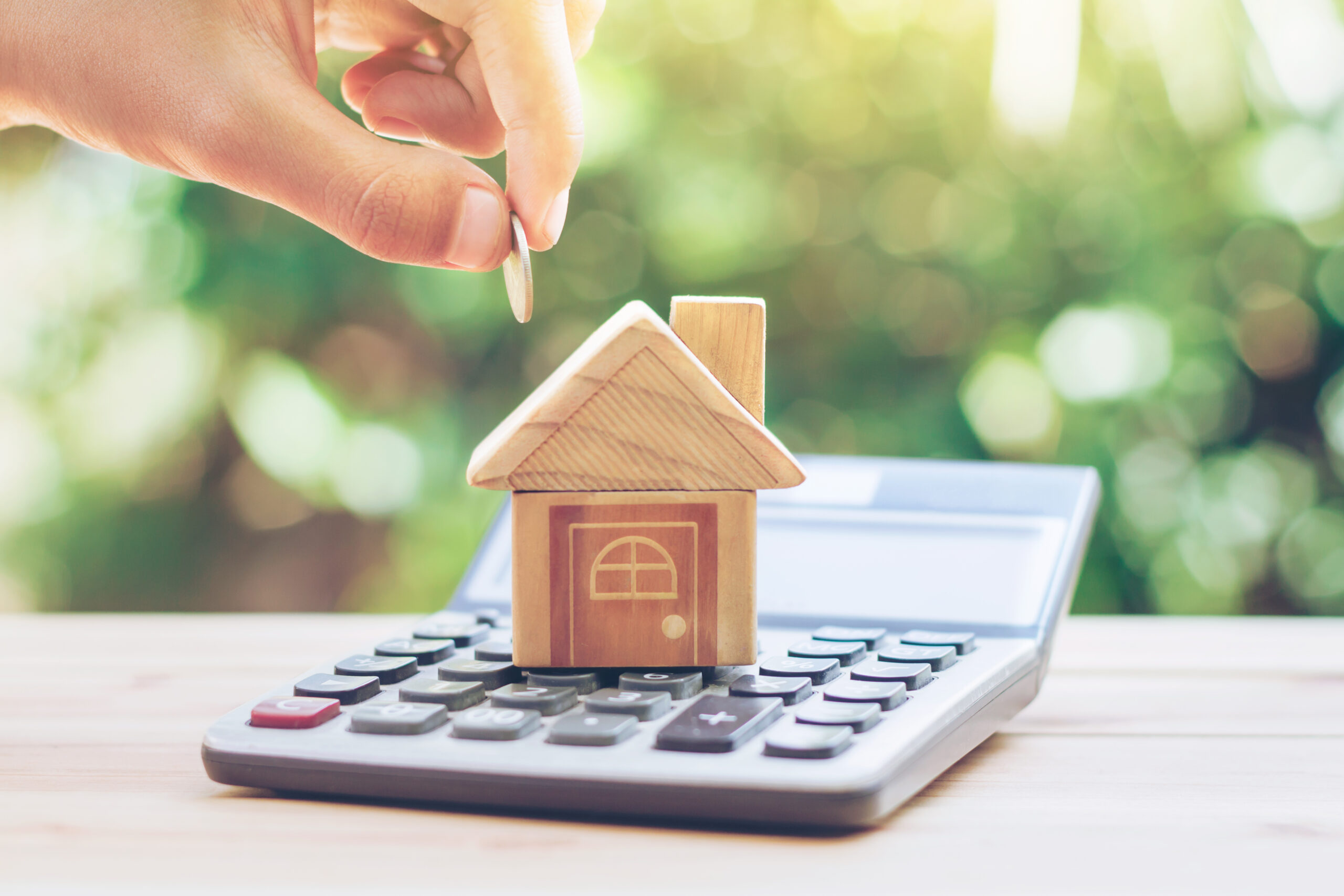News
Housing affordability improves but higher rates offset gains – Halifax

The house price to income ratio has eased to 6.7 times average earnings, down from a peak of 7.3 in June last year, according to banking data.
Halifax’s affordability review found that wage growth sat at around seven per cent last year, bringing average UK earnings to £43,090 compared to £40,196 in June 2022 when house prices were at their least affordable.
Over the same period, the average house price fell from £293,586 to £286,276.
While affordability has improved, the house price to income ratio is still higher than early 2020 when it was 6.2 times earnings.
Rates eating into affordability
Halifax said the benefits of the closing gap between house prices and average earnings had been offset by higher rates, which had pushed mortgage costs up by around 22 per cent over the last year.

Introducing the Green Living Reward
Your clients can now get up to £2,000 cashback for making energy-efficient home
Sponsored by Halifax Intermediaries
Based on a five-year fixed mortgage on a 25-year term with a 25 per cent deposit, the average monthly mortgage cost increased from £1,020 last year to £1,249. This is based on average rates of 2.9 per cent and five per cent respectively.
It also represents the proportion of income spent on mortgage payments rising from 30 to 35 per cent.
Under the same circumstances, average monthly mortgage costs have risen by 65 per cent since early 2020 from a typical payment of £731 based on an interest rate of 1.7 per cent. At this time, mortgage payments made up 23 per cent of an average person’s earnings.
Kim Kinnaird, mortgages director at Halifax, said: “The sharp rise seen in interest rates over the last year has meant the sums now look very different for both homebuyers and those looking to remortgage. Typical monthly mortgage payments are up by around a fifth, which is a big jump at any time, but particularly during a wider cost of living squeeze.
“We should remember the preceding 15 years have been characterised by historically low interest rates. Mortgage costs as a proportion of income are now comparable to those seen in 2007, despite the significant rise in house prices seen over the last decade and a half.
“Of course, much has changed in the housing market and wider economy since then. Banks carry out much tougher affordability checks to make sure borrowers can manage repayments when rates go up, and the average loan to value (LTV) is considerably lower.”
London the least affordable region
Although London saw the slowest rate of house price growth in the UK, it is still the most expensive place to buy a home.
With an average property price of £533,057, the house price to income ratio is 9.3. This is slightly better than the ratio of 10 last year.
In the capital, average mortgage costs account for 49 per cent of earnings, up from 42 per cent last year. This is the biggest share compared to anywhere else in the UK.
The North East of England is the most affordable place, with an average house price of £168,240 and an income ratio of 4.9. This region and Scotland are the only parts of the UK where the house price to income ratio is lower than five.
Overall, the average house price to ratio income has fallen across every nation and region except for Wales, where this rose from 6.7 to 6.8.
First-time buyer affordability improves
The house price to income ratio for first-time buyers is now 5.4, down from 5.8 last year, while mortgage costs have risen by 25 per cent to £1,364 due to higher rates.
The average first-time buyer is spending 36 per cent of their income on monthly mortgage payments, up from 30 per cent last year.
This is according to a five-year fix on a 25-year term with a five per cent deposit and based on average rates of 3.5 per cent and 5.7 per cent respectively.
While this is based on averages, the reality of first-time buyers is slightly different.
Halifax research found that 63 per cent of first-time buyers are joint applicants and are therefore relying on more than one income. Also, UK Finance data shows that the average income of a first-time buyer mortgage application was just under £60,000 last year, putting the house price to joint income ratio at 3.8.
Also, buyers are going for longer mortgage terms of 30 years, which would bring the average monthly payment down from £1,464 to £1,265.
Kinnaird added: “We don’t yet know what the ‘new normal’ looks like for mortgage rates and house prices over the longer term. But we expect the market to rebalance as both buyers and sellers adjust their expectations to reflect higher costs and lower demand.
“It’s likely the gap between average earnings and property prices will narrow over time, which will be welcome news to first-time buyers in particular, especially in areas which could offer better value for money.”
